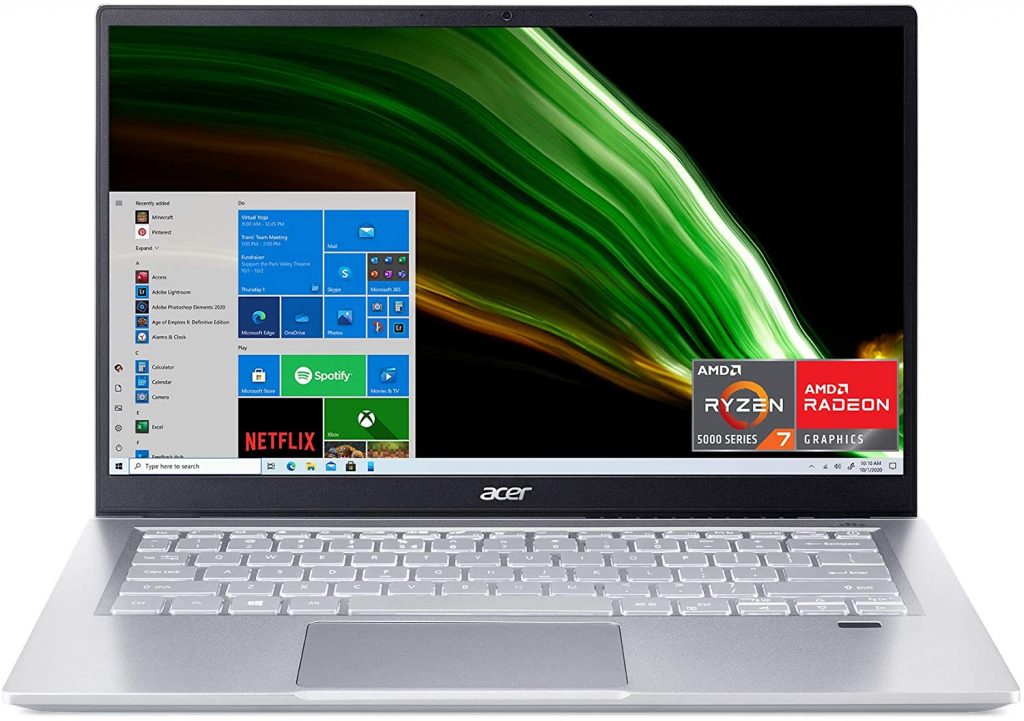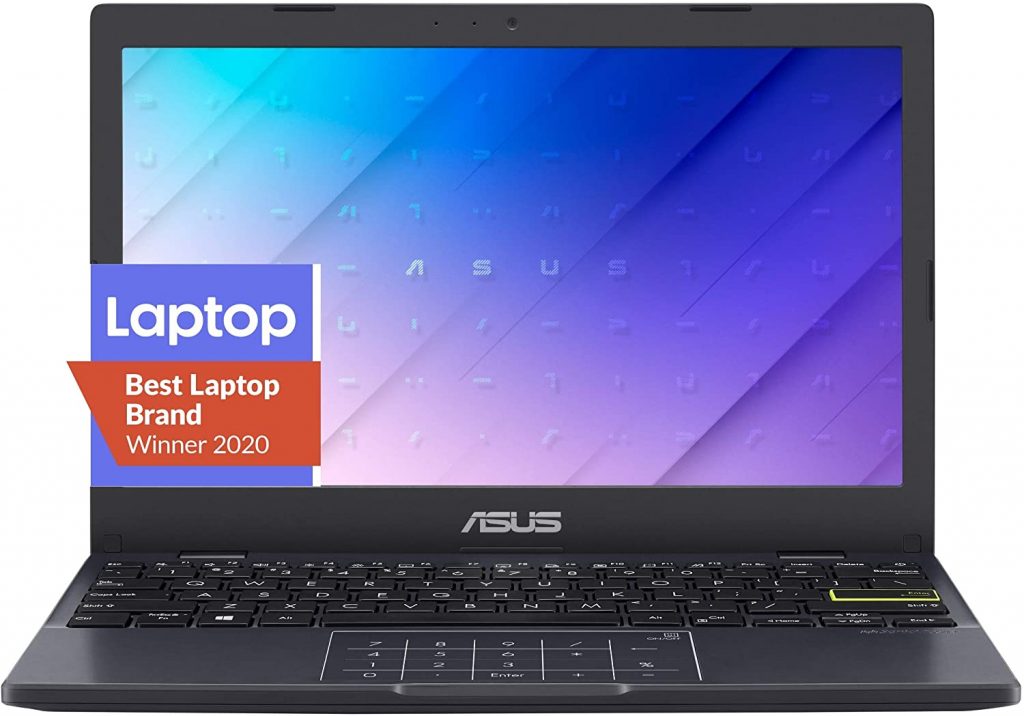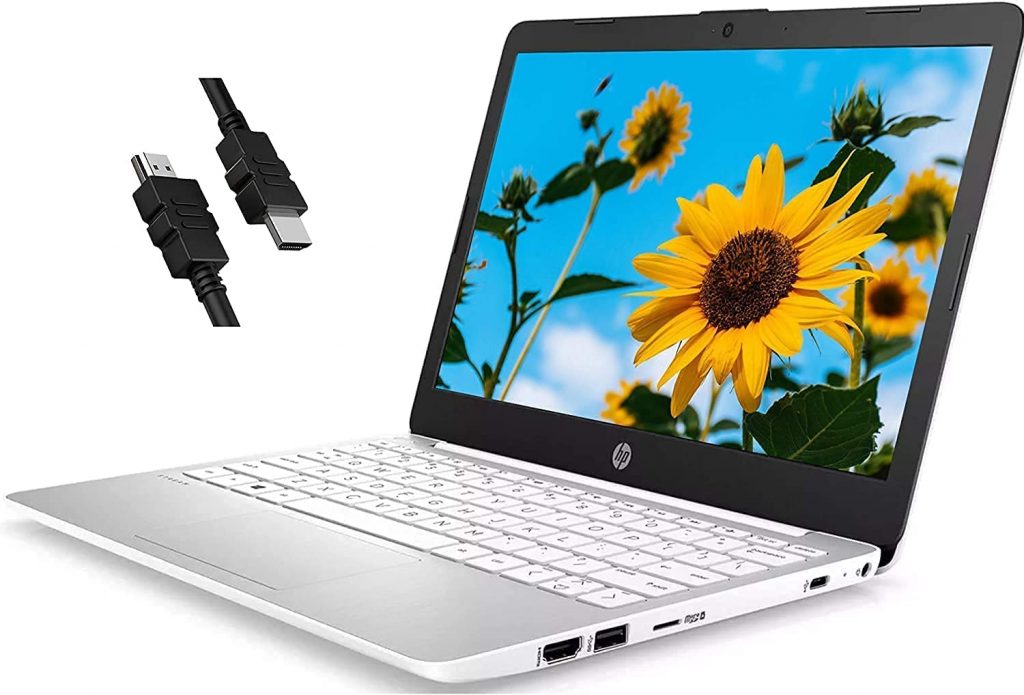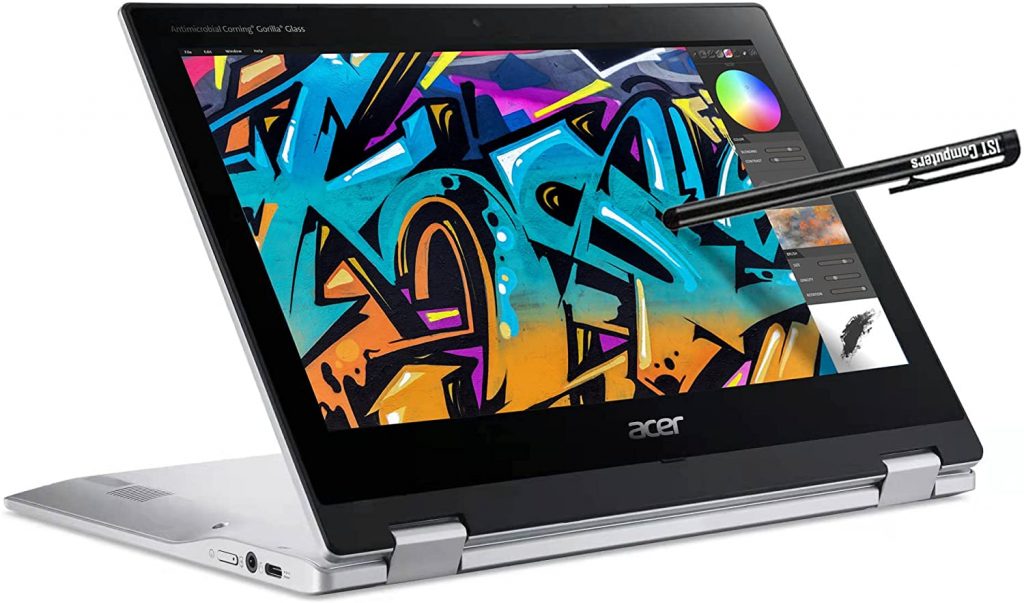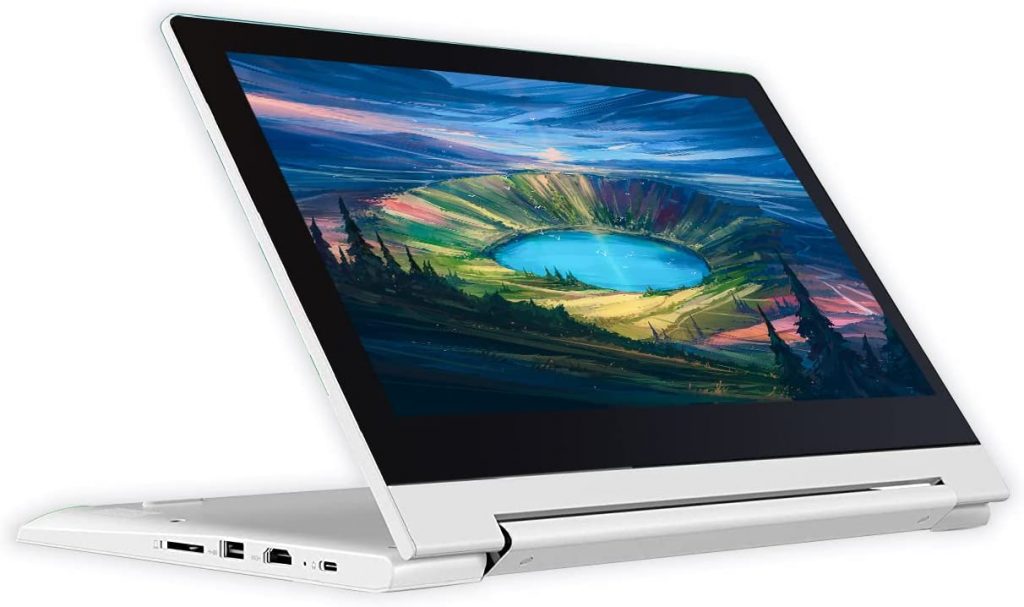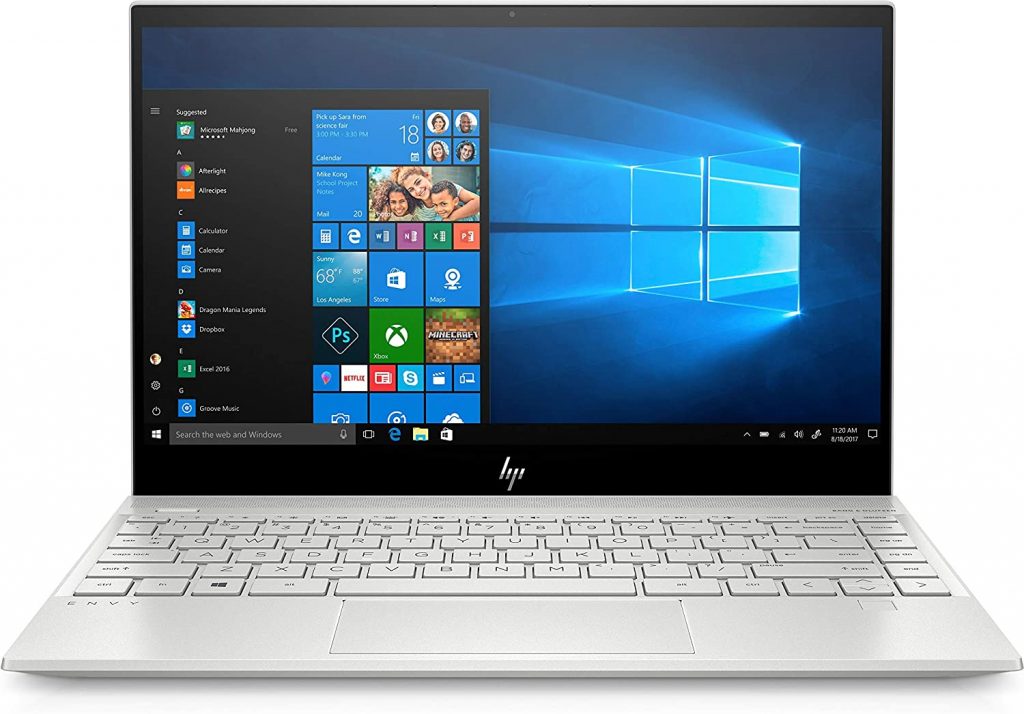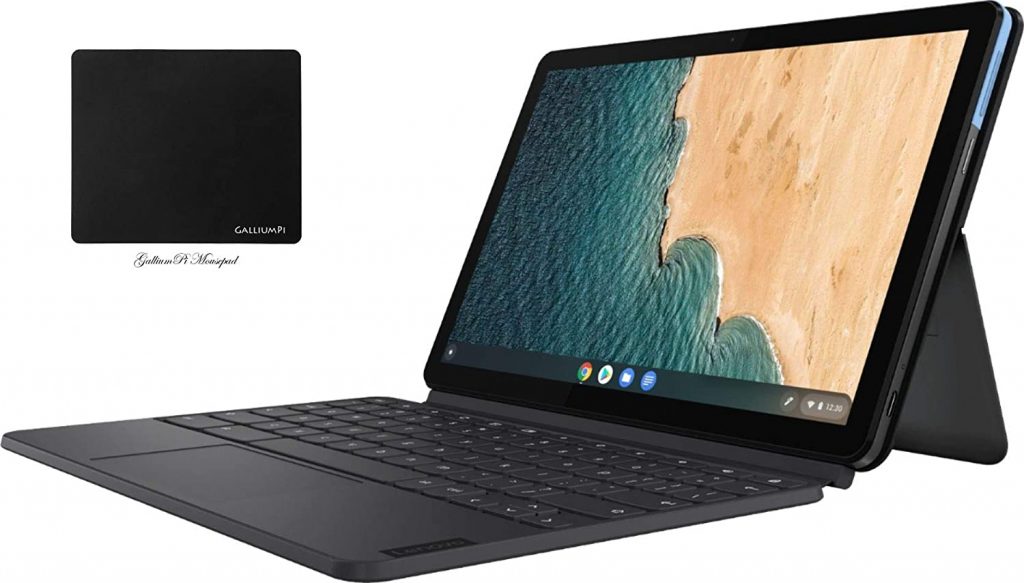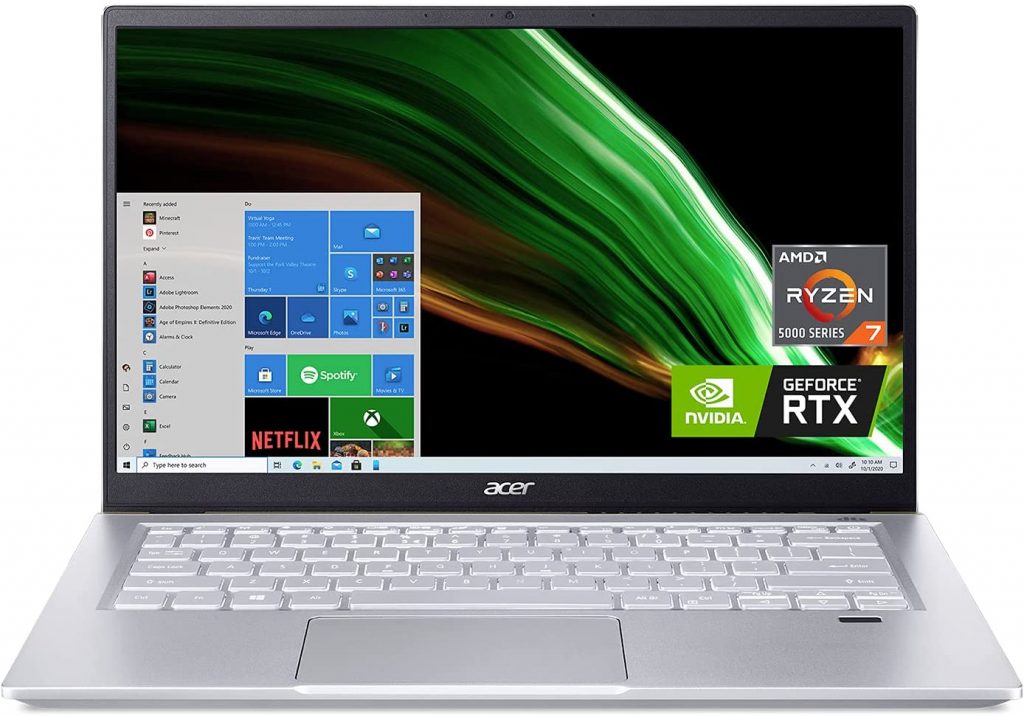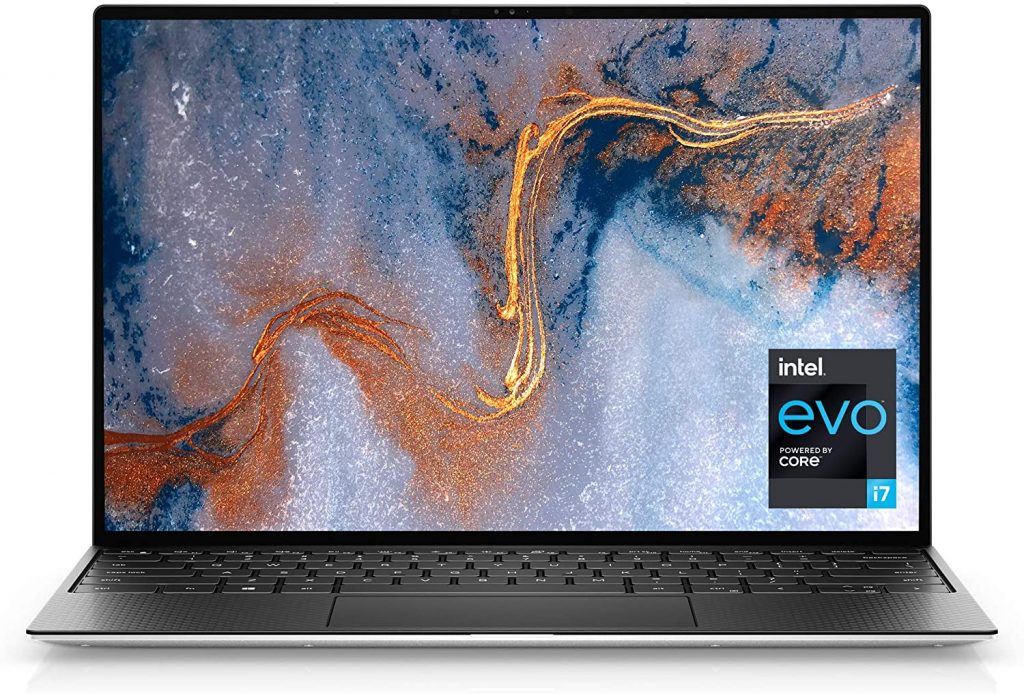10 Best Mini Laptop Options for Every User
There is an ocean of laptop options out there, and some options cater to a particular niche of users with specific needs. For example, there is a specific market for laptops with components that can be replaced, aka modular laptops. The upgradeability factor that comes with modular laptops allows them to last twice or thrice as long as standard laptops. Mini laptops are also a niche-type product, catering to the needs of students, professionals, and people who travel a lot. But how exactly do you know when a laptop is a mini laptop or not? Laptops are typically measured by the width of their screens. After scouring the internet, most people seem to agree that laptops with screens less than 14-inches wide fit the description. Having said this, here are some of the most powerful and portable mini laptops that you can buy:
Final Thoughts on the Best Mini Laptop Options for Every User
The device has a 14-inch LCD running at a resolution of 1920 x 1080 pixels. It has a relatively clear and bright resolution that holds up well for standard tasks such as watching YouTube, reading articles, and writing papers. It doesn’t have a touchscreen option, but you wouldn’t expect that option for this price point. This laptop is quite well-put-together, with even the screen hinge and outer plastic casing feeling durable. Additionally, the device sports highly tactile and well-spaced keys that feel soft yet substantial. Moreover, you also get the standard selection of keyboard shortcuts such as volume, brightness, and so on. At the heart of the Ideapad 3 is the AMD Ryzen 5 5500 APU, which means that the CPU and GPU are on the same die. This processor, in particular, is one of the more power-efficient releases from AMD. It can keep up with primary and complicated tasks such as digital content production and rendering. Additionally, the device runs on 8 GB of RAM and 256 GB of SSD internal storage, which more than suffices for a typical laptop user. Battery-wise, the device can deliver anywhere from three to four hours of unplugged functionality with standard, undemanding use. The Asus A210 has a straightforward design: a plastic chassis, glass screen, thick rubber bezels, and a backlit keyboard. The device has highly flexible hinges that allow the laptop to flatten out like a book, which is excellent. But the most impressive design aspect is undoubtedly the touchpad, which alternates as a number pad for typing in numbers. The Asus A210’s 11.6-inch screen displays at a standard resolution of 1366 x 768 pixels. While some people may consider this resolution subpar, it should be more than enough for basic tasks like email, documents, chatting, and social media. Just don’t expect it to keep up with highly demanding tasks like rendering, video editing, or gaming. Equipped with an Intel Pentium Silver N5000, the Asus A210 is perfectly suited for basic productivity, with the added benefit of not drawing too much power from your battery pack. The device also comes with 4 gigabytes of DDR4 RAM and 64 GB of internal storage, which should get you through lightweight work. The laptop has a very sleek form factor, measuring 11.0 x 7.5 x 0.7 inches (WHD) and weighing only 2.4 pounds. It comes in a vibrant blue or vibrant magenta plastic shell, with an 11.6-inch LCD screen bordered by thick plastic bezels. The 11.6-inch screen displays a 1,366-by-768-pixel native resolution, slightly lower than full HD. Opposite the display is a polished, vibrant blue keyboard tray with white, perfectly spaced plastic keys. The plastic keys have a soft, membrane-like consistency that makes them very comfortable to type with for long periods. Compared to its predecessors, this version, in particular, runs on the latest version of Windows (Windows 10). It is accompanied by default programs like Office 365 and OneDrive, and the latter gets you a default storage capacity of 1 TB. Battery-wise, you can expect the battery to last for up to eight hours on a single charge. Unfortunately, the Stream 11 also comes with a few compromises, such as a downgraded processor speed and a meager 32 GB of SSD storage. You can remedy the latter to an extent by using a microSD card slot capable of holding an extra 128 GB. The MacBook Air is definitely on the lighter side of the spectrum, measuring 11.97 x 8.36 x 0.63 inches (WHD) and weighing in at a mere 2.8 pounds. This lightweight form factor makes it easy to carry the device with one hand practically anywhere. The MacBook Air is superbly designed, with a sleek, aluminum chassis that is a much more durable option than those plastic-encased laptops. There are three color options for the chassis: Space Gray, Rose Gold, or Silver colors. The display is around 13.3-inch inches long, which isn’t exactly the smallest screen. Nonetheless, it delivers an impressively crisp and clear 2,560 by 1,600 pixels set in a 16:10 aspect ratio. This resolution is an improvement over full HD, but it’s also not as good as 4K. Apple recently switched out the much-maligned butterfly keyboard, prone to dust and broken keys issues, with the new Magic Keyboard. This keyboard offers a much more comfortable typing experience than the original. The MacBook Air uses the latest and most powerful processors from Intel. At the outset, you will be asked to choose among Core i3, Core i5, and Core i7 processors, all from Intel’s latest 10th Generation family. This should give your computer that extra performance and graphics boost, enough to handle gaming and video rendering. The Apple MacBook Air is one of the more expensive mini-laptops you can get, with pricing that starts at USD 1,000. But rest assured, that price is justified for what you get in return in terms of performance, durability, and flexibility. It undoubtedly has a trim design, measuring 11.7 x 8.1 x 0.8 inches (WHD) and weighing 2.6 pounds. While not the trimmest among the Chromebooks, it’s still small enough to fit into most backpacks or shoulder bags. The Chromebook 311 takes after the appearance of a mini-MacBook, except that its chassis is entirely made out of plastic instead of aluminum. The silver-colored chassis contrasts with its matte-black keys and large, piano-black bezels pinning the display. Speaking of displays, the Chromebook sports an 11.6-inch IPS glass touchscreen covered in antimicrobial gorilla glass. The screen delivers 1,366-by-768-pixel native resolution. While this fails to reach the ideal full-HD resolution, it remains perfectly acceptable for light daily tasks. But one design aspect that stands out with the Chromebook is its ability to morph into an Android tablet. The touchscreen can rotate 360 degrees to fold into the back of the screen like a tablet. In addition, the hinges are sturdy enough to withstand daily manipulations, helping the device to age better. Behind the scenes, the Chromebook runs on a standard combination of an Intel Celeron CPU. Additionally, it features 4 GB of RAM and 32 GB of local storage, which functions as an eMMC flash memory. The Acer Chromebook Spin 311 retails for less than USD 280 for the 32 GB model and less than USD 340 for the 64 GB model. Like other Chromebooks, the Flex 3i is on the thinner and more lightweight side of the spectrum, weighing only 11.4 x 8.1 x 0.7 (WHD). On the other hand, the device could have been lighter, with a total weight of 1.3kg. The device has a mixed-type chassis with an aluminum top, while the rest is made entirely of polycarbonate plastic. The device also features a compact 11.6-inch display with 1366 x 768 pixels resolution. While the screen resolution could have been better, it’s understandable for the device’s price range. Another highlight of the design is that the device can fold itself backward like a tablet. It comes with a flexible hinge that can turn 360 degrees allowing you to flip the screen all the way around to the back of the touchscreen, turning it into a tablet. The Intel Celeron N4020 processor powers the Chromebook Flex 3i. This power-efficient processor belongs to the Gemini Lake family of processors. Accompanying the processor is 128 GB of storage space and 4 GB of RAM on this device. While these specifications don’t stand out, they are enough to handle daily computing tasks such as web browsing and light work. Another notable aspect of the Flex 3i is that it runs on the Chrome OS, which Google has radically improved over the past few years. The software allows you to download all compatible Android apps and get regular updates for the next eight years. The Lenovo Chromebook Flex 3i originally retailed for a price upwards of USD 380, but nowadays, it costs somewhere between USD 270 to 290. This mini laptop isn’t a Chromebook, but it has the same lightweight and compact form factor that Chromebooks have. It is relatively compact, with its physical dimensions pegged at 12.07 x 7.66 x 0.65 in (WHD). It also comes in a light form factor, weighing 2.92 pounds. The HP Envy X360 13 is covered in a matte-type plastic material in a Nightfall-black color, and this design reminds us of the Lenovo Thinkpad range of laptops. Additionally, the device comes with a full-sized keyboard and comfortable keys, a smaller trackpad, and a selection of ports. The device comes with a 13.3-inch touchscreen display, extending near the laptop’s edges, maximizing the space. The display is bright, colorful, and, more importantly, crystal clear with a full HD resolution of 1,920-by-1,080-pixels. Inside, the Envy x360 13 offers a choice of AMD Ryzen 3, Ryzen 5, or Ryzen 7 processors. You will also be asked to choose between 8 GB or 16 GB of memory, and you will also have a selection of SSD capacities for up to 1TB. The Ryzen processor comes built-in with the AMD Radeon Graphics, meant to handle the graphics output. As a mid-range product, the HP Envy x360 13 is more expensive than a Chromebook but not as expensive as a MacBook. With this in mind, the unit costs typically between USD 700 to 800. The Duet’s 10.1-inch LCD screen is small yet equally compelling with its clear and crisp 920 x 1200p-quality display. The front of the display comes with a few accessories, including a pair of speakers, a mic, and a 2-megapixel camera. Another 8-megapixel camera sits on the rear, opposite the Chromebook logo. The device comes with a fancy kickstand cover that protects the back of the tablet and props it up to work as a computer screen. At the bottom of the display are pogo pins that attach to the dark grey miniature keyboard. Another essential factor would be the battery life, and the Chromebook can last up to ten hours in between charges. When it comes to internal specs, the Chromebook Duet packs in a power-saving, 2-GHz MediaTek Helio octa-core processor and ARM G72 MP3 GPU for that extra boost in graphics and speed. It also features 4GB of RAM and 64GB of eMMC flash storage. While this combination still has room for improvement, it should already get you an above-average performance. The laptop has a slim, all metal-build with a sleek and compact aluminum chassis that is 0.7 inches thick, weighing only 3.1 pounds, excluding the charger. It is available mainly in silver, but you also can choose from other colors: Steam Blue, Prodigy Pink, and Safari Gold. The 14-inch glass screen gives off a clear and crisp resolution at 1920×1080p. The images it produces are crystal clear and bright with good contrast. It’s also worth noting that the glass screen is non-touch, which means you don’t have to worry about fingerprints dirtying up the display. The laptop features a comfortable backlit keyboard, not to mention a backlit Acer logo at the back of the screen. Additionally, it also features a responsive fingerprint reader for instantaneous sign-ins. Lastly, you also have the high-precision touchpad, accurate and smooth-gliding, with a firm, responsive click. The beating heart of the Acer Swift X is the AMD Ryzen 7 5800U CPU, which allows the device a blazing application performance and strong multimedia performance. Working alongside the Ryzen processor is the RTX 3050 Ti graphics card, which should give you a significant boost in graphics quality for games or regular streaming. Naturally, all of these features come at a price, and the Acer Swift X does not come cheap with pricing starting at USD 900. The XPS 13 has a slim and compact profile comparable to the HP Spectre x360 13. The two devices are equal in weight (2.9 lbs), but the XPS 13 has a slightly more petite frame with exact dimensions of 11.7 x 8.2 x 0.56 inches (WHD). Design-wise, the XPS 13 is enclosed in an all-black, all-plastic chassis with a comfortable keyboard and reliable trackpad. The only problem with the keyboard is that it has a limited push distance (0.7mm), which makes typing feel more like tapping. The 13.4-inch touchscreen display has an uncommon 16:10 aspect ratio, making it taller than your average laptop. The screen displays at a native resolution of 1,920 by 1,200 pixels, which is a bit higher than full HD. In keeping with the 2-in-1 laptop trend, the XPS 13 has a 360-degree rotating hinge. The hinges allow you to fold the laptop backward, either partially into a tent or easel-like stand or all the way into a tablet. The touchscreen automatically detects input from fingers or a dedicated stylus, and a pop-up screen can help you type text and numbers. At the heart of the XPS 13 is the Intel Core i7, an upper mid-range processor with HyperThreading capabilities and an extra memory channel that packs in three times the bandwidth. Paired with the Iris XE integrated graphics, the device can run games with the best frame rates and resolution. The Dell XPS 13 is on the premium side of the pricing scale for portable laptops. Nonetheless, the price is worth it for the build quality, performance, and flexibility you get in return. Pricing for the Dell XPS 13 starts at USD 1,500. Out of all the laptop options in the market, mini laptops stand out for their portability and performance. However, we need to note that having a small form factor is not the only requirement, as there are other facets of the laptop to consider. That includes battery life, display quality, storage capacity, and processor capacity. It would also help you consider the quality and level of comfort offered by the trackpad and keyboard. These benchmarks can be boring to read through, but they can give you a hint about a laptop’s real-world performance and is worth paying attention to. On top of that, it may help a lot to conduct comprehensive hands-on testing of the unit to see how well it works. But before you ditch your old laptop for a mini laptop, make sure to read this guide on how to dispose of or recycle a used or old laptop properly.

